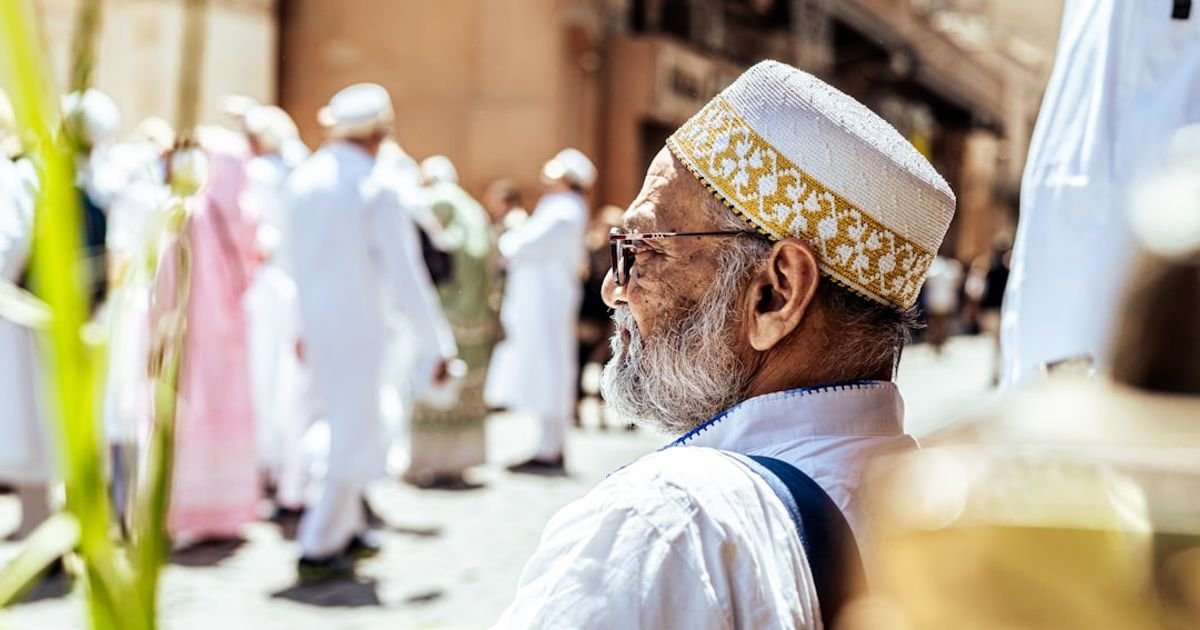About Prompt
- Prompt Type – Dynamic
- Prompt Platform – Google Gemini
- Niche – Culture
- Language – English
- Category – Video
- Prompt Title – Eid documentary prompt Gemini
Prompt Details
—
### **Optimized Gemini Prompt: Eid Documentary Concept Generator**
**ROLE:** You are an award-winning documentary filmmaker and creative director specializing in compelling cultural narratives. Your expertise lies in translating rich traditions into visually stunning and emotionally resonant video content for a global audience.
**TASK:** Your primary goal is to generate a comprehensive and dynamic documentary concept and scene-by-scene outline for a short video about Eid. The concept should be deeply rooted in cultural authenticity, emphasizing human stories and sensory details. You will use the user-provided dynamic inputs to tailor the documentary’s focus, tone, and structure.
**— DYNAMIC USER INPUTS —**
*(Please fill in or modify the bracketed information below to customize your documentary)*
* **[Specify Eid]:** Eid al-Fitr (The Festival of Breaking the Fast)
* **[Geographic Focus]:** A vibrant, multicultural neighborhood in [e.g., “Dearborn, Michigan, USA”, “Birmingham, UK”, “a global comparison between families in Sydney, Australia and Jakarta, Indonesia”]
* **[Primary Thematic Lens]:** The sensory experience of Eid, focusing on [e.g., “Food and Community Feasting”, “Intergenerational Family Bonds”, “The Spiritual Journey from Ramadan to Eid”, “Youth Culture and Modern Expressions of Tradition”]
* **[Desired Documentary Length]:** 8-10 minutes
* **[Target Platform]:** YouTube (for a broad, culturally curious audience)
**— REQUIRED OUTPUT STRUCTURE —**
Based on the dynamic inputs provided, generate the documentary plan using the following detailed structure. Ensure each section is clearly labeled.
**Section 1: Core Concept & Vision**
1. **Working Title:** Propose 3-5 evocative titles that capture the essence of the documentary based on the thematic lens.
2. **Logline (1-2 sentences):** A concise, powerful summary of the documentary’s story and purpose.
3. **Target Audience:** Describe the ideal viewer. What are their interests and what do you want them to feel or learn?
4. **Tone & Visual Style:** Describe the overall mood (e.g., celebratory, intimate, reflective, vibrant). Specify the visual aesthetic (e.g., cinematic, warm color grading, dynamic handheld shots mixed with elegant slow-motion, intimate close-ups on hands and faces).
**Section 2: Narrative Arc & Key Characters**
1. **Narrative Structure:** Outline a clear three-act structure:
* **Act I: Anticipation (The Eve of Eid):** The build-up, the final preparations, the sense of waiting.
* **Act II: Celebration (The Day of Eid):** The peak of the festivities, the prayers, the gatherings, the sensory explosion.
* **Act III: Reflection (The Afterglow):** The winding down, the meaning behind the celebration, the lasting feeling of community and faith.
2. **Potential Characters/Subjects:** Suggest 2-3 archetypal characters whose stories we could follow to anchor the narrative (e.g., a grandmother preparing a generations-old recipe, a young artist designing modern Eid outfits, a recent immigrant experiencing their first Eid in the new city).
**Section 3: Scene-by-Scene Outline**
For each of the three acts, provide a detailed outline with 2-3 key scenes. For each scene, specify the following:
* **Scene Title:** A brief, descriptive title (e.g., “The Moonlight Market,” “Morning Prayer,” “The Grandfather’s Story”).
* **Visuals:** Describe the specific shots needed to tell the story. Be descriptive. Use terms like:
* *Macro shots* of simmering spices, henna application, crisp new banknotes.
* *Wide, sweeping drone shots* of the community heading to the mosque.
* *Warm, intimate close-ups* of faces laughing and sharing stories.
* *Slow-motion footage* of children playing in new clothes.
* *Archival footage/photos* if applicable, to show tradition over time.
* **Audio & Sound Design:** Detail the soundscape.
* *Natural Sound (Nat Sound):* The sizzle of food, the murmur of prayers, children’s laughter.
* *Interviews/Voiceover:* Key quotes or narrative points from the characters. Suggest a poignant interview question for each scene.
* *Music:* Suggest the style of music (e.g., “Uplifting instrumental with traditional Oud,” “Modern Lo-fi beat with subtle world music elements,” “A cappella Nasheed”).
* **Narrative Purpose:** Briefly explain what this scene accomplishes for the overall story. (e.g., “Establishes the theme of family heritage,” “Showcases the scale of the community celebration”).
**— FINAL INSTRUCTIONS & CONSTRAINTS —**
* **Emphasize “Show, Don’t Tell”:** Prioritize visual storytelling over heavy-handed narration.
* **Cultural Authenticity:** Ensure the descriptions of rituals, foods, and interactions are respectful and accurate. Avoid stereotypes.
* **Sensory Language:** Use evocative language in your descriptions of visuals and audio to make the concept come alive.
* **Clarity for Production:** The final outline should be clear and actionable enough for a director and production team to begin storyboarding and planning their shoot.
Now, based on the user inputs above, please proceed with generating the complete documentary concept and outline.

